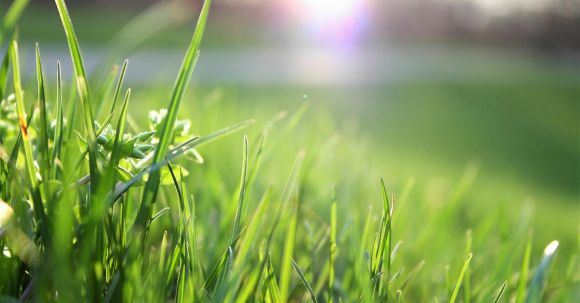As the summer season comes to an end and the cooler weather starts to set in, it is essential to prepare your lawn for the upcoming fall season. Early fall is a crucial time for lawn care, as it sets the stage for a healthy and vibrant lawn during the winter months. In this article, we will discuss the key lawn care tasks you should focus on during this time.
1. Aeration
One of the most important tasks to consider in early fall is lawn aeration. Aeration involves creating small holes in the soil to allow air, water, and nutrients to reach the grassroots. This process helps alleviate soil compaction and promotes healthier root growth. By aerating your lawn, you can ensure that your grass receives the necessary nutrients it needs to thrive.
2. Overseeding
Early fall is also an ideal time for overseeding your lawn. Overseeding involves spreading grass seed over existing turf to fill in bare spots or thin areas. By overseeding, you can improve the density of your lawn and prevent weed growth. Be sure to choose a grass seed variety that is suitable for your climate and lawn conditions.
3. Fertilization
Fertilizing your lawn in early fall is crucial for its overall health and resilience. The cooler temperatures during this time allow grass to absorb and store nutrients more efficiently. Choose a high-quality, slow-release fertilizer that provides the necessary nutrients for your grass to grow strong roots and withstand the harsh winter conditions.
4. Weed Control
Early fall is an excellent time to tackle those persistent weeds that may have taken root in your lawn during the summer months. Applying a selective herbicide can help control and prevent the growth of broadleaf weeds such as dandelions, clover, and chickweed. It is important to follow the instructions on the herbicide carefully to ensure effective weed control without harming your grass.
5. Mowing
Adjusting your mowing height in early fall is essential to maintain the health and appearance of your lawn. As the grass grows more slowly in cooler temperatures, raising the mowing height to around 2.5 to 3 inches can help shade the soil, reduce weed growth, and promote deeper root growth. Be sure to keep your mower blades sharp to prevent tearing or damaging the grass blades.
6. Watering
While the cooler temperatures may reduce the need for frequent watering, it is still important to ensure that your lawn receives enough moisture during early fall. Aim to provide your lawn with about 1 inch of water per week, either through rainfall or irrigation. Water deeply and infrequently to encourage deep root growth and drought tolerance.
7. Leaf Removal
As the trees start shedding their leaves, it is crucial to keep your lawn free from leaf debris. Leaves left on the lawn can block sunlight, trap moisture, and lead to fungal diseases. Regularly rake or use a leaf blower to remove fallen leaves from your lawn to maintain its health and prevent any potential issues.
In conclusion,
Early fall is a critical time for lawn care, as it sets the foundation for a healthy and vibrant lawn in the winter months. By focusing on aeration, overseeding, fertilization, weed control, mowing, watering, and leaf removal, you can ensure that your lawn remains in top condition. Take the time to implement these lawn care tasks, and you will be rewarded with a lush and beautiful lawn that will thrive throughout the fall and beyond.





